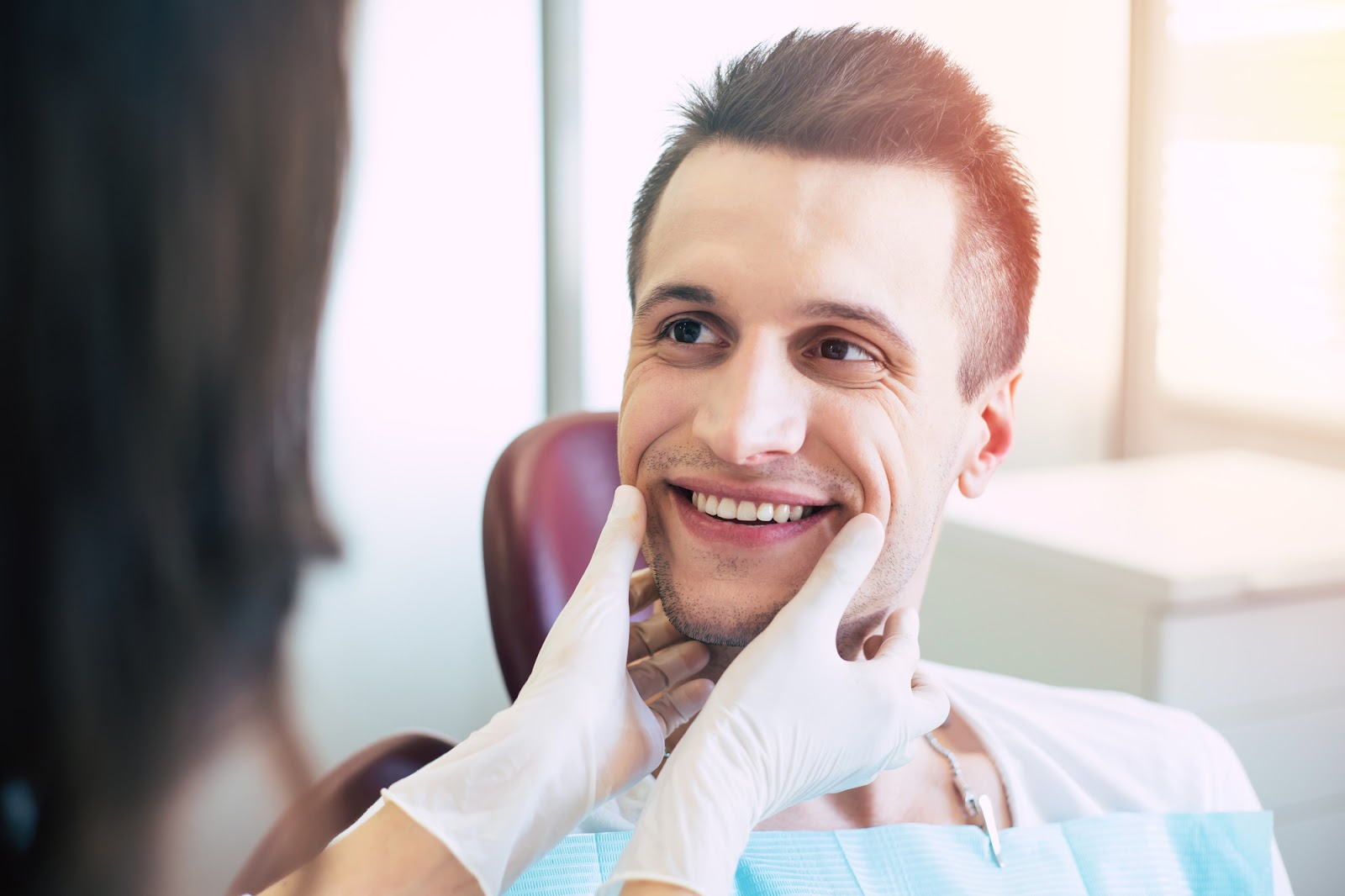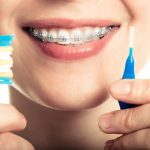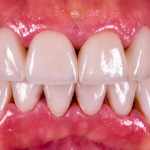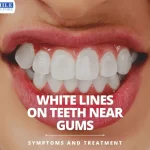As iconic as your neighbor’s bulldog is, that underbite doesn’t look quite as charming on humans. Luckily, we now have many ways of treating and eliminating these kinds of misalignments. Traditionally, dentists would solve most of these conditions with conventional braces. Nowadays, Invisalign trays are considered more convenient since they are removable, allowing patients to maintain good dental hygiene.
Even without corrective devices that make it impossible to floss our teeth, having an underbite doesn’t make it easy to maintain dental hygiene. That, on its own, adds many potential problems on top of the appearance of the condition.
But if we want to fix underbite malocclusions, it’s important to recognize that different kinds of underbites require different approaches. While corrective devices can fix some conditions, others may require surgical interventions. So before we talk about treatment options, let’s consider how different kinds of misalignments occur.
Table of Contents
Different Kinds of Bite Problems
When we bite down, all of our teeth come into contact at the same time. If the jaw is in alignment and the teeth are where they should be, the upper ones should slightly overlap the lower ones. If the jaw or teeth are distorted, we can develop an:
- Overbite — wherein the upper front teeth extend forward more than they should
- Underbite — where the opposite occurs, with the lower front teeth pushing past the upper ones
- Open bite — wherein the front teeth don’t connect with each other even when the lower jaw closes
Most people will experience one of these bite problems during their lifetimes. But the appearance of their teeth isn’t the worst thing about these conditions. If we don’t treat them, the teeth will only shift further into the abnormal position. So we can pretty much count on the underbite becoming progressively more extreme.
Factors That Contribute to Tooth Shifting
As we have established, most people develop some kind of tooth misalignment during their lifetime. Still, some are more likely to have one than others. For example, if several people in a family have underbites, some of their offspring are bound to have them too. But of course, genetics aren’t the only cause of these kinds of tooth conditions.
Overbites and even underbites can occur as a result of thumb sucking. Additionally, the prolonged use of pacifiers or bottles during childhood could make an underbite worse. Later, some patients help matters along by pushing against the teeth with their tongues. All of these behaviors only further shift the teeth further away from their ideal position.
Various injuries and tumor growths could also affect the formation of our teeth. Even tooth growth can affect the positioning of our teeth. If permanent teeth start growing in while we still have our baby teeth, they might grow in the wrong direction. But really, most of these conditions occur because of a mix of these factors.
With that being said, let’s talk about different kinds of underbites. As we have previously mentioned, the underbite correction procedures we have at our disposal will depend on the origin of the condition.
The Difference Between a Dental and Skeletal Underbite
Determining whether an underbite is the result of dental or skeletal malformations is key to determining a course of treatment. For example, dental underbites are the easiest ones to treat because there’s nothing wrong with the jaw. Rather, the problem is merely the result of teeth growing in an incorrect direction.
Treatment of dental underbites can still require several months, sometimes years, depending on the severity of the condition. Nevertheless, the condition can be overcome with the use of braces, retainers, and aligners. Generally, patients use all three kinds of devices, but in mild cases, invisible aligners alone should do the trick.
Skeletal underbites are significantly more challenging, sometimes to the point of requiring surgery. These conditions are usually genetic — though not all genetic underbites belong to this category. After all, some dental underbites are genetic, too.
But with skeletal underbites, the distortion is in the shape of the jawbone. As you can imagine, that makes this kind of condition especially difficult to fix.
What Happens When We Don’t Treat an Underbite on Time?
We can all agree that having a slight underbite probably won’t be the end of the world. While subtle abnormalities don’t exactly look stellar, they shouldn’t cause any other dental issues. But if we allow the teeth to shift even further, we would be inviting potentially disastrous consequences.
Having an uneven bite could increase a patient’s risk for tooth decay. The lower teeth clash with the upper ones, gradually stripping them of enamel and making them vulnerable to cavities. Moreover, the shifting of the anatomy inside the mouth can also change the pattern of breathing. For some, that could eventually lead to snoring and even sleep apnea.
Dental underbites can also cause the lower jaw to shift and even slip out of the joint. As we might imagine, that comes with a whole host of other problems, including speaking difficulties and an increased risk of developing gum disease. So, much like a deformed jawbone can cause a skeletal underbite, dental abnormalities can shift the jawbone.
Best Underbite Correction Methods
The treatment plan for an underbite would have to depend on all the factors we’ve listed above. Generally, it’s best to begin treatment before we think it’s necessary. For example, if a child is born with an underbite, using a growth modification brace would certainly help the mouth grow in the correct shape.
If an underbite only occurs once permanent teeth start coming in, we might consider the removal of baby teeth. That treatment would make room in the jaw, preventing new teeth from growing in at an odd angle.
Yet in most cases, these solutions aren’t enough. If our teeth are already past the point of no return, braces might push them back in place. And they don’t even have to be the conventional metal ones. Clear braces are much more popular nowadays since they’re all but invisible.
In extreme cases, a dentist might even recommend a reverse-pull device. Rather than being limited to the mouth, these devices attach to the forehead and chin as well. Their purpose is to pull the upper jaw forward, aligning the lower teeth.
Still, that kind of headgear only works on children. Adults with fully set extreme underbites would have to get jaw surgery instead.
How Do We Keep Our Teeth From Shifting Back Into an Underbite
Even when we do our best to correct the position of our teeth, they might want to slip into their previous position. So what can we do after removing our invisible braces?
Well, most dentists would recommend that their patients wear clear aligners overnight. If we’re particularly concerned about the underbite coming back, we might recommend that the patient wears them whenever they’re not eating. A qualified Invisalign dentist would work out a plan of treatment with their patient. So if you’re considering underbite treatment, find the best dental clinic in your area.
I believe in creativity and try to express the same with my words. I enjoy writing and keeping myself in touch with the books.







